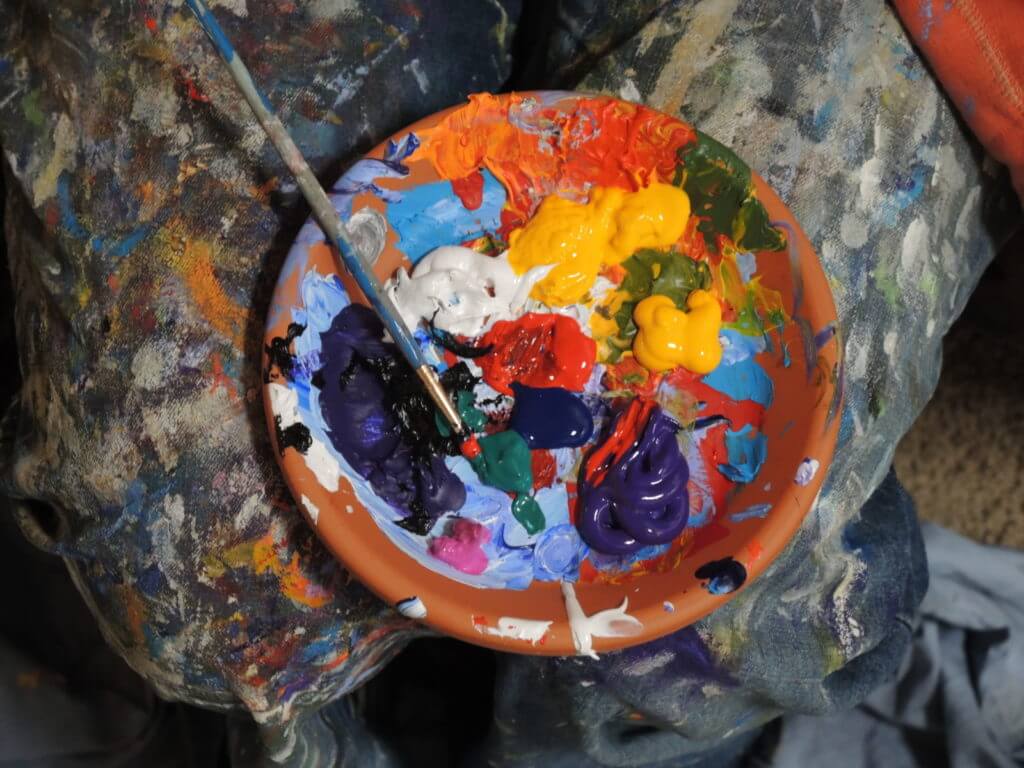The differences between organic and inorganic oil paints is something most artists probably don’t know enough about.
I only found out myself a few years ago, but once I did it completely changed my palette and lowered my frustrations as I painted.
Here are some basic facts:
Inorganic pigments
These are natural mineral pigments like the Cadmiums, Cobalts, Earth Colors, etc. They’re like tiny, opaque rocks and integrate well with mediums (both oils and acrylics) allowing a high pigment load. Inorganic based paints are also generally opaque which means they have strong covering power.
These days you can have synthetic inorganic pigments as well, but many artists (and manufacturers) still use traditional mineral hues taken from the earth for these colors.
Organic pigments
These are pigments that originally were created from plants or other carbon-based life forms. Now, they’re often created synthetically in the laboratory (for example, the Pthalocyanines, Quinacidrones, Dioxazenes, Napthols, etc).
Instead of tiny, opaque rocks like the inorganics mentioned above, these pigments usually resemble tiny, translucent chips of stained glass. They tend to be fussy when mixed with a medium and can’t reach the high pigment load enjoyed by inorganic hues. They also tend to be transparent, which means that they don’t have the covering power that the inorganics do.
What does this mean for the artist?
The most important difference is the way organic and inorganic pigments act when you mix tints. If you squeeze out some Cadmium Red Light, say, along with a Napthol Red Light, you’ll see that both colors straight from the tube are somewhat similar in appearance in terms of hue, value, and intensity.
But (and this is a big but) when you start cutting the colors with white you’ll notice the intensity (or chroma) of the Cadmium Red drops off sharply as you lighten it in value, but the Napthol red stays fairly vivid and intense when you do the same thing.
So if you want to create a light, warm pink for instance, with a fairly high intensity, you’d need to use an organic color to get this effect. Inorganic colors on the other hand work for the most part in “realistic” paintings of nature because the intensity “fall-off” when mixing tints is naturally seen in nature.
This means a painter who desires expressive, high intensity colors at various values (tints) like I do can only achieve these affects with organic colors. When I need pure reds, oranges, or yellows (or need to cover another color) I’ll still use the cadmiums and other inorganic pigments, but I rarely use them to make tints unless I want a softer, more pastel effect.
Incidentally, one of my favorite daydreams is to go back in time to the late 19th century and give Van Gogh a big box containing a full range of modern professional oil colors. Maybe this would have kept him from shooting himself!
For more from Jim Flanagan, please visit FlanaganStudio.com.
This post may contain affiliate links.

